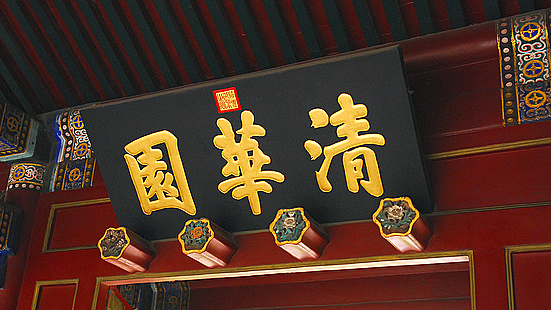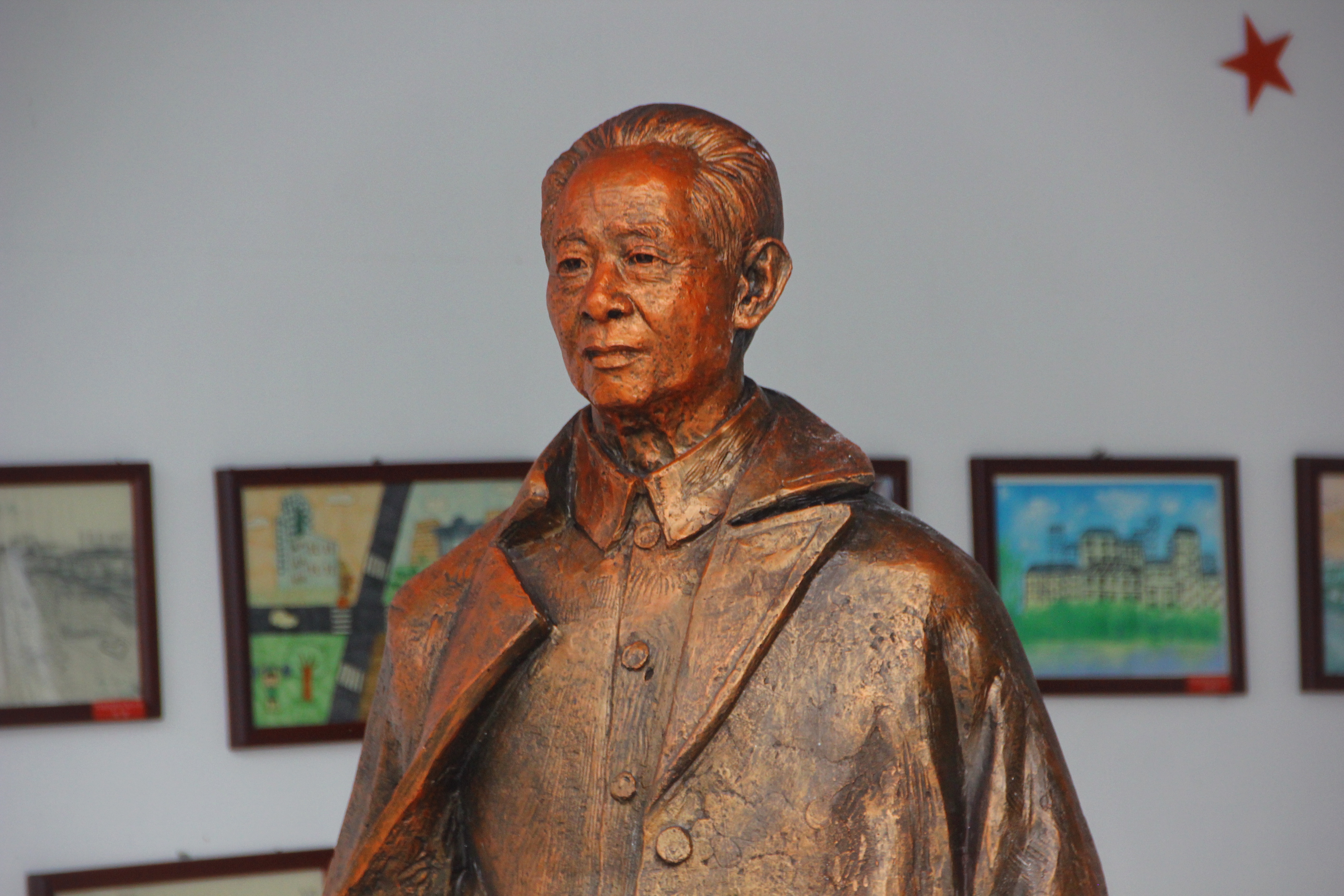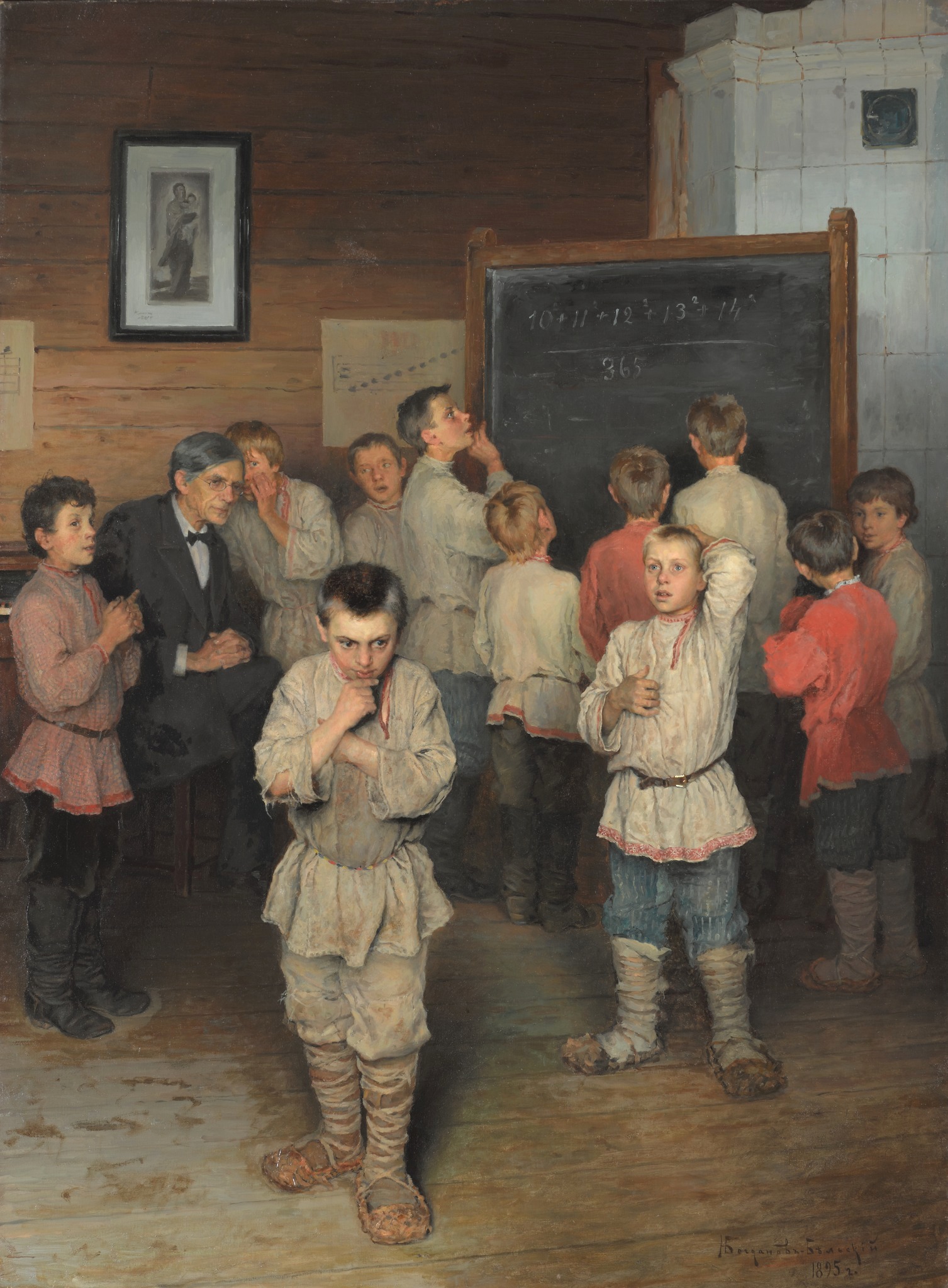|
Inter-University Program For Chinese Language Study
The Inter-University Program for Chinese Language Studies at Tsinghua University () is an advanced Mandarin Chinese study center in Beijing associated with Stanford University. IUP started in Taipei, Taiwan in 1963 and was known as the Stanford Center. In 1997 it moved to Beijing, following Mainland China's Reform and opening, and the original Stanford Center in Taipei was renamed the International Chinese Language Program. The IUP currently offers a 32-week Academic Year Program, a 16-week Semester Option, and an 8-week Summer Intensive Program. All programs are located on its Tsinghua University campus in Beijing. Classes sizes are very small: typically a class will involve 50-minutes of Chinese-only instruction with a professor and 2-3 students seated around a small table. A typical course load is 3-5 such classes a day from Monday to Friday, with about 4–6 hours of homework in the evenings. See also *Mandarin Chinese Mandarin ( ; zh, s=, t=, p=Guānhuà, l=Mandar ... [...More Info...] [...Related Items...] OR: [Wikipedia] [Google] [Baidu] |
Tsinghua University
Tsinghua University (THU) is a public university in Haidian, Beijing, China. It is affiliated with and funded by the Ministry of Education of China. The university is part of Project 211, Project 985, and the Double First-Class Construction. It is also a member in the C9 League. Tsinghua University's campus is in northwest Beijing, on the site of the former imperial gardens of the Qing dynasty. The university has 21 schools and 59 departments, with faculties in science, engineering, humanities, law, medicine, history, philosophy, economics, management, education, and art. History Early 20th century (1911–1949) Tsinghua University was established in Beijing during a tumultuous period of national upheaval and conflicts with foreign powers which culminated in the Boxer Rebellion, an uprising against foreign influence in China. After the suppression of the revolt by a foreign alliance including the United States, the ruling Qing dynasty was required to pay inde ... [...More Info...] [...Related Items...] OR: [Wikipedia] [Google] [Baidu] |
Mandarin Chinese
Mandarin ( ; zh, s=, t=, p=Guānhuà, l=Mandarin (bureaucrat), officials' speech) is the largest branch of the Sinitic languages. Mandarin varieties are spoken by 70 percent of all Chinese speakers over a large geographical area that stretches from Yunnan in the southwest to Xinjiang in the northwest and Heilongjiang in the northeast. Its spread is generally attributed to the greater ease of travel and communication in the North China Plain compared to the more mountainous south, combined with the relatively recent spread of Mandarin to frontier areas. Many varieties of Mandarin, such as Southwestern Mandarin, those of the Southwest (including Sichuanese dialects, Sichuanese) and the Lower Yangtze Mandarin, Lower Yangtze, are not mutually intelligible with the Beijing dialect (or are only partially intelligible). Nevertheless, Mandarin as a group is often placed first in lists of languages by number of native speakers (with nearly one billion). Because Mandarin originated in ... [...More Info...] [...Related Items...] OR: [Wikipedia] [Google] [Baidu] |
Beijing
Beijing, Chinese postal romanization, previously romanized as Peking, is the capital city of China. With more than 22 million residents, it is the world's List of national capitals by population, most populous national capital city as well as China's List of cities in China by population, second largest city by urban area after Shanghai. It is located in North China, Northern China, and is governed as a Direct-administered municipalities of China, municipality under the direct administration of the Government of the People's Republic of China, State Council with List of administrative divisions of Beijing, 16 urban, suburban, and rural districts.Figures based on 2006 statistics published in 2007 National Statistical Yearbook of China and available online at archive. Retrieved 21 April 2009. Beijing is mostly surrounded by Hebei Province and neighbors Tianjin to the southeast; together, the three divisions form the Jing-Jin-Ji, Jing-Jin-Ji cluster. Beijing is a global city and ... [...More Info...] [...Related Items...] OR: [Wikipedia] [Google] [Baidu] |
Stanford University
Leland Stanford Junior University, commonly referred to as Stanford University, is a Private university, private research university in Stanford, California, United States. It was founded in 1885 by railroad magnate Leland Stanford (the eighth List of governors of California, governor of and then-incumbent List of United States senators from California, United States senator representing California) and his wife, Jane Stanford, Jane, in memory of their only child, Leland Stanford Jr., Leland Jr. The university admitted its first students in 1891, opening as a Mixed-sex education, coeducational and non-denominational institution. It struggled financially after Leland died in 1893 and again after much of the campus was damaged by the 1906 San Francisco earthquake. Following World War II, university Provost (education), provost Frederick Terman inspired an entrepreneurship, entrepreneurial culture to build a self-sufficient local industry (later Silicon Valley). In 1951, Stanfor ... [...More Info...] [...Related Items...] OR: [Wikipedia] [Google] [Baidu] |
Taipei
, nickname = The City of Azaleas , image_map = , map_caption = , pushpin_map = Taiwan#Asia#Pacific Ocean#Earth , coordinates = , subdivision_type = Country , subdivision_name = Taiwan , established_title = Settled , established_date = 1709 , established_title1 = Renamed Taihoku , established_date1 = 17 April 1895 , established_title2 = Provincial city (Taiwan), Provincial city status , established_date2 = 25 October 1945 , established_title3 = Retreat of the government of the Republic of China to Taiwan, Provisional national capital , established_date3 = 7 December 1949 , established_title4 = Reconstituted as a Yuan-controlled municipality , established_date4 = 1 July 1967 , capital_type = City seat , capital = Xinyi District, Taipei, Xinyi District , largest_settlement ... [...More Info...] [...Related Items...] OR: [Wikipedia] [Google] [Baidu] |
Taiwan
Taiwan, officially the Republic of China (ROC), is a country in East Asia. The main geography of Taiwan, island of Taiwan, also known as ''Formosa'', lies between the East China Sea, East and South China Seas in the northwestern Pacific Ocean, with the China, People's Republic of China (PRC) to the northwest, Japan to the northeast, and the Philippines to the south. It has an area of , with mountain ranges dominating the eastern two-thirds and plains in the western third, where its Urbanization by country, highly urbanized population is concentrated. The combined Free area of the Republic of China, territories under ROC control consist of list of islands of Taiwan, 168 islands in total covering . The Taipei–Keelung metropolitan area, largest metropolitan area is formed by Taipei (the capital), New Taipei City, and Keelung. With around 23.9 million inhabitants, Taiwan is among the List of countries and dependencies by population density, most densely populated countries. Tai ... [...More Info...] [...Related Items...] OR: [Wikipedia] [Google] [Baidu] |
Mainland China
"Mainland China", also referred to as "the Chinese mainland", is a Geopolitics, geopolitical term defined as the territory under direct administration of the People's Republic of China (PRC) in the aftermath of the Chinese Civil War. In addition to the geographical mainland, the geopolitical sense of the term includes islands such as Hainan, Chongming Island, Chongming, and Zhoushan. By convention, territories outside of mainland China include: * Special administrative regions of China, which are regarded as subdivisions of the country, but retain distinct administrative, judicial and economic systems from those on the mainland: ** Hong Kong, formerly a British Hong Kong, British colony ** Macau, formerly a Portuguese Macau, Portuguese colony * Taiwan, along with Penghu, Kinmen, Matsu Islands, Matsu and other minor islands, are collectively known as the Taiwan Area, where has been the major territorial base of the government of the Republic of China (ROC) since 1950. Though the ... [...More Info...] [...Related Items...] OR: [Wikipedia] [Google] [Baidu] |
Reform And Opening
Reform and opening-up ( zh, s=改革开放, p=Gǎigé kāifàng), also known as the Chinese economic reform or Chinese economic miracle, refers to a variety of economic reforms termed socialism with Chinese characteristics and socialist market economy in the People's Republic of China (PRC) that began in the late 20th century, after Mao Zedong's death in 1976. Guided by Deng Xiaoping, who is often credited as the "General Architect", the reforms were launched by reformists within the ruling Chinese Communist Party (CCP) on December 18, 1978, during the ''Boluan Fanzheng'' period. A parallel set of political reforms were launched by Deng and his allies in the 1980s, but eventually ended in 1989 due to the crackdown on the Tiananmen Square protests, halting further political liberalization. The economic reforms were revived after Deng Xiaoping's southern tour in 1992. The reforms led to significant economic growth for China within the successive decades; this phenomenon has sin ... [...More Info...] [...Related Items...] OR: [Wikipedia] [Google] [Baidu] |
International Chinese Language Program
The International Chinese Language Program (ICLP; ) is an institution for intensive training in formal Mandarin, Taiwanese, Classical Chinese, and other varieties of Chinese. It is located in Gongguan, Taipei, on the main campus of National Taiwan University (NTU). History The center was established in 1961 by Stanford University to meet the stringent research and educational needs of Stanford University students. In 1963, the Inter−University Board was created and the official name became the Inter−University Program for Chinese Language Studies (IUP), commonly referred to as the "Stanford Center," with several top American universities contributing funds and participating in the center. Owing to the quality of the teachers and materials, as well as the intensity of instruction, this program quickly became the world's premier center for the intensive study of Mandarin Chinese, training several generations of the world's top sinologists, including professors, diplomat ... [...More Info...] [...Related Items...] OR: [Wikipedia] [Google] [Baidu] |
Academic Language Institutions
An academy (Attic Greek: Ἀκαδήμεια; Koine Greek Ἀκαδημία) is an institution of tertiary education. The name traces back to Plato's school of philosophy, founded approximately 386 BC at Akademia, a sanctuary of Athena, the goddess of wisdom and skill, north of Athens, Greece. The Royal Spanish Academy defines academy as scientific, literary or artistic society established with public authority and as a teaching establishment, public or private, of a professional, artistic, technical or simply practical nature. Etymology The word comes from the ''Academy'' in ancient Greece, which derives from the Athenian hero, ''Akademos''. Outside the city walls of Athens, the gymnasium was made famous by Plato as a center of learning. The sacred space, dedicated to the goddess of wisdom, Athena, had formerly been an olive grove, hence the expression "the groves of Academe". In these gardens, the philosopher Plato conversed with followers. Plato developed his sessions ... [...More Info...] [...Related Items...] OR: [Wikipedia] [Google] [Baidu] |
Language Schools In China
Language is a structured system of communication that consists of grammar and vocabulary. It is the primary means by which humans convey meaning, both in spoken and signed forms, and may also be conveyed through writing. Human language is characterized by its cultural and historical diversity, with significant variations observed between cultures and across time. Human languages possess the properties of productivity and displacement, which enable the creation of an infinite number of sentences, and the ability to refer to objects, events, and ideas that are not immediately present in the discourse. The use of human language relies on social convention and is acquired through learning. Estimates of the number of human languages in the world vary between and . Precise estimates depend on an arbitrary distinction (dichotomy) established between languages and dialects. Natural languages are spoken, signed, or both; however, any language can be encoded into secondary media usin ... [...More Info...] [...Related Items...] OR: [Wikipedia] [Google] [Baidu] |
Schools Of Chinese As A Second Or Foreign Language
A school is the educational institution (and, in the case of in-person learning, the building) designed to provide learning environments for the teaching of students, usually under the direction of teachers. Most countries have systems of formal education, which is sometimes compulsory. In these systems, students progress through a series of schools that can be built and operated by both government and private organization. The names for these schools vary by country (discussed in the '' Regional terms'' section below) but generally include primary school for young children and secondary school for teenagers who have completed primary education. An institution where higher education is taught is commonly called a university college or university. In addition to these core schools, students in a given country may also attend schools before and after primary (elementary in the U.S.) and secondary (middle school in the U.S.) education. Kindergarten or preschool provide some sch ... [...More Info...] [...Related Items...] OR: [Wikipedia] [Google] [Baidu] |








